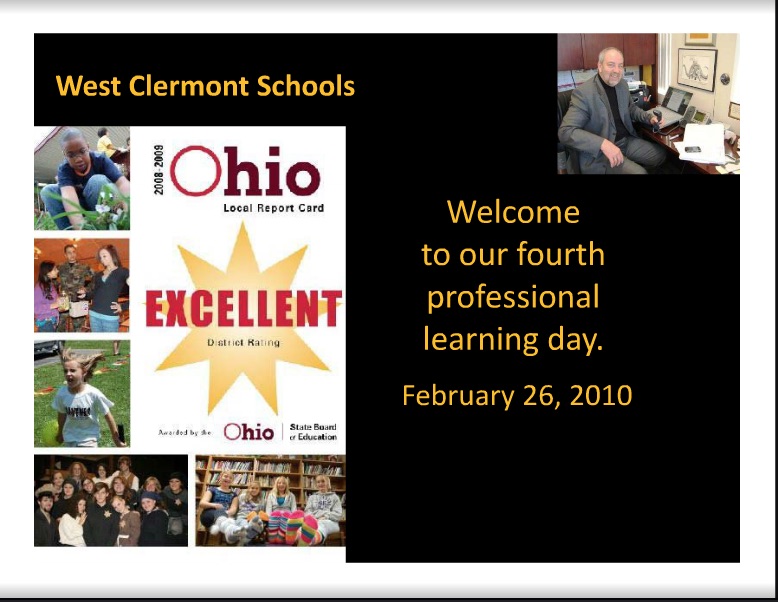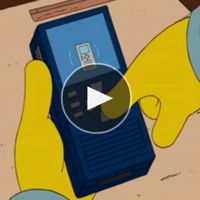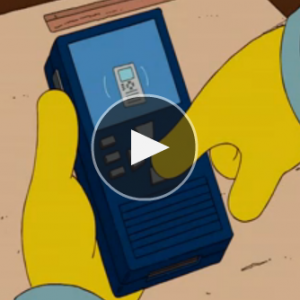As a former assistant superintendent for instruction one of my responsibilities was organizing the district workshop days. It was valuable time – the entire faculty and staff was available – but also a challenge to develop programs that delivered meaningful PD that were also easy to manage and cost effective. Recently I received an email that introduced me to how one district is leveraging free technology to move their PD day to an online environment.
The email said … “I’m @steelepierce on Twitter, following you, and also following your Copy/Paste blog. Would you be available and willing to have a telephone conversation, preferably Skype, with our Teaching & Learning Department? Topics: 1) our using your ideas on summarizing and notetaking for a professional learning online “workshop” we’re creating for our staff (550 teachers!) and 2) your coming to work with our teachers in August 2010. Thanks for your consideration. Looking forward to hearing from you”
It sounded interesting, so I Skyped with the TLC at West Clermont Local Schools – M.E. Steele-Pierce, Cheryl Turner and Tanny McGregor. They developed a PD module based, in part, on my blog post, “How to Teach Summarizing Skills.” I shared my input via Skype and also by recording comments into the training module. They built the lesson using Voicethread and delivered it online to faculty across the district during their recent Professional Learning Day. In addition they used Wallwisher (at end of this post) to gather teacher reflections.
Click to view the training module. Advance or return using arrows. Click thumbnails to see all slides. Use mouse to zoom in / out of slides.
These are challenging times for school districts – and relentless budget cuts add to the challenges. The team at West Clermont shows us how the innovative use of free tech tools can provide PD that is cost effective, builds local capacity, and models the instructional practice we want to see in the classroom.
For more ideas on how to develop quality PD, see my post “15 Essential Questions for the Successful Staff Developer.” For information on learning strategies for the classroom, see my post “18 Literacy Strategies for Struggling Readers – Defining, Summarizing and Comparing”





